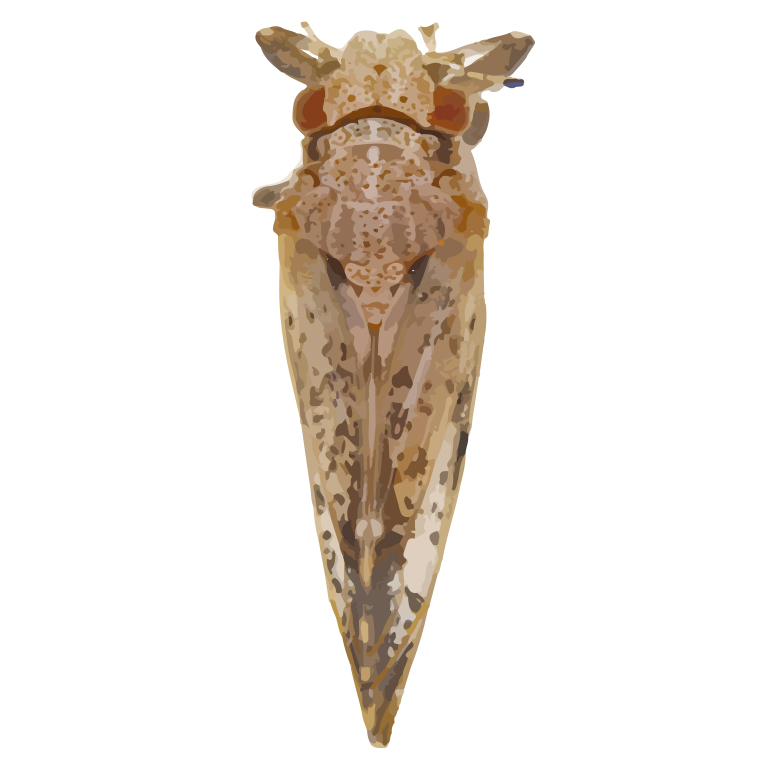


| Latin Name | Diaphorina citri |
| Common Name | citrus psyllid |
| Biology | Adults are active during the day, adept at flight, and lay eggs on young shoots and buds of citrus. Larvae suck sap from citrus tender shoots, causing new shoot withering while transmitting citrus Huanglongbing (HLB), posing a major threat to the citrus industry. Multiple generations occur annually, with adults overwintering on leaf undersides or in weeds. |
| Damage | This pest primarily damages citrus plants. |
| Distribution Regions | Citrus Huanglongbing-affected areas |
| Monitoring | Pheromone lures mimic natural sex pheromones to attract male insects into specialized traps for population monitoring and suppression. As a core IPM component, monitoring enables early risk detection and targeted control. Mass trapping reduces mating opportunities to curb offspring populations. Protocols: ●Use only with matched traps. ●15-45 traps/hectare,replace/replenish every 4-6 weeks. ●Wear gloves or wash hands with detergent when switching lure types. ●Refer to trap-specific hanging instructions. |
| Recommended Traps | Delta Trap, Sticky Trap |

Share your contact information to receive precision-matched pheromone solutions. Should our existing portfolio lack an optimal fit, our synthetic chemistry team will initiate custom development—from molecular structure design to scaled production.